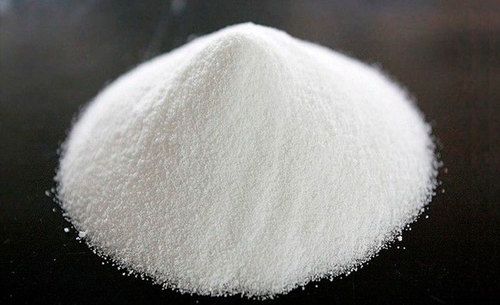Products
Silica sand

SILICA SAND is one of the world’s most common sand types. Silica sand is used for construction, glass making, filling and for the development of moulds and castings. Sands is the general term for broken mineral or rock granules which fall between slats and gravity in the range of sizes and are generally between one sixteenth of a millimetre and two millimetre in diameter. In the planet there are several sand types with their respective structure and characteristics.
Silica, which is also known as SiO2, is a specific latticed structure of which quartz. So silica is quartz which has separated into small granules through the years through water and wind. These granules can be used for many various purposes and can be found in most of the world’s non-tropical regions.
Key Features
- Silica Sandstone is moisture free, friable & hard.
- Grain size of the particles is variable.
- Friable & mainly brown to grey in colour.
APPLICATION
- Glass Industry – Silica in nearly any kind of glass is the main component. The major items in glass include containers (bottles & Jar), flat glass (windows, mirrors, car glass etc), light glass (light bulbs, fluorescent lamps, etc.), tableware (lead stone, drinking liquid, and so on).
- Foundry Casting – Silica has 1610 degrees C, a high melting point. This allows for the creation of castings by pouring molten metal into molten sand moulds.
- Ceramics Industry – The fine shaped ground silica is one of the main clay components in the ceramic glazing method. Silica is an essential component. Typical everyday products include tableware, toiletries, ornaments and tiles for wall and floor.
- Filtration – The primary filtration method used in the water industry to remove solids from wastewater is closely sized grades of silica powder.
- Specialist Building Applications – The construction industry is founded on silica and there are a host of specialist applications including silica and aerated concrete blocks, floor and roof tiles, flooring and rendering compounds, white line markings, roofing felt and cement and resin injection systems.
-
Sports and Leisure – Silica sand is used for equestrian surfaces, in artificial turf, golf course root zones and dressings, football and cricket and other pitches and as play sands.
-
Other Uses – Silica has many other uses, including chemicals and plastics, plastic fillers in a wide variety of goods and other uses, refractory processing, oil development opportunities and as additives in agricultural and horticultural goods. Silica has several other applications. A life without silica is hard to imagine!
QUALITY
|
Sr No. |
Chemical Analysis of Silica Sand |
|
|
1 |
Constituents |
Range% |
|
2 |
SiO2 |
95 – 98 |
|
3 |
Al2O3 |
0.62 – 2.8 |
*Detailed specification can be given on request.
SPECIFICATION OF SILICA
Surface Modified Microcrystalline Silica
To learn how our silica sand can benefit your end product, please contact our local technical sales team to discuss further.
We provide a wide range of custom-made formulation and Technical / Process support services to help you fit the correct grade to your product specifications.

